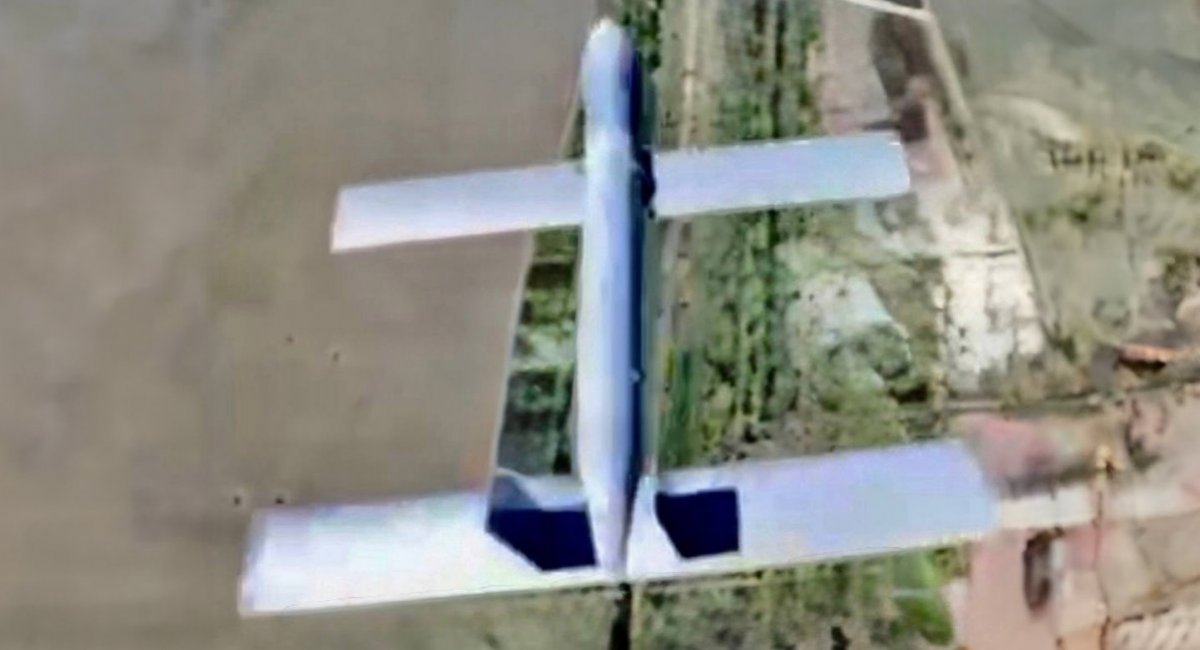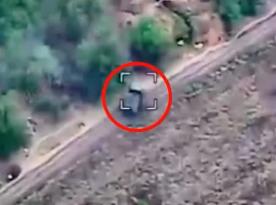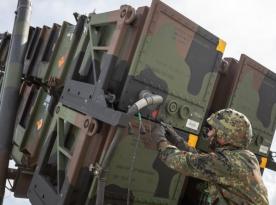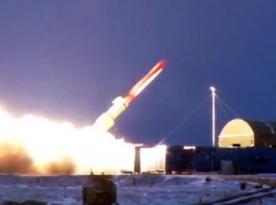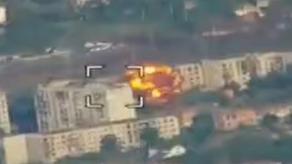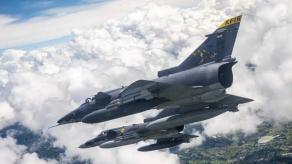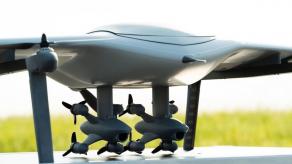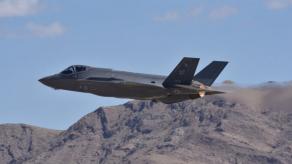russian forces have begun to more actively deploy a new type of loitering munition, comparable in role to the well-known Lancet suicide drone. Its existence was first noted in February 2025, when it was used in limited strikes on the city of Sumy.
Now, however, sightings are increasing along other parts of the front, particularly in the eastern regions, according to electronic warfare expert Serhii "Flash" Beskrestnov.
Read more: Drones, Training, and Unity: Key Messages of the Kyiv Security Forum (Live Updates)
Despite its outward similarity to other russian drones — such as the Kub-2, which has seen wider use since winter — this new model (name unknown) is notably more dangerous thanks to its internal systems with quite expensive and advanced electronics.
The drone’s standout feature is its guidance system incorporating elements of AI, aka the "machine vision." It is equipped with a high-resolution 14 MP camera and a JETSON video stream processing module.
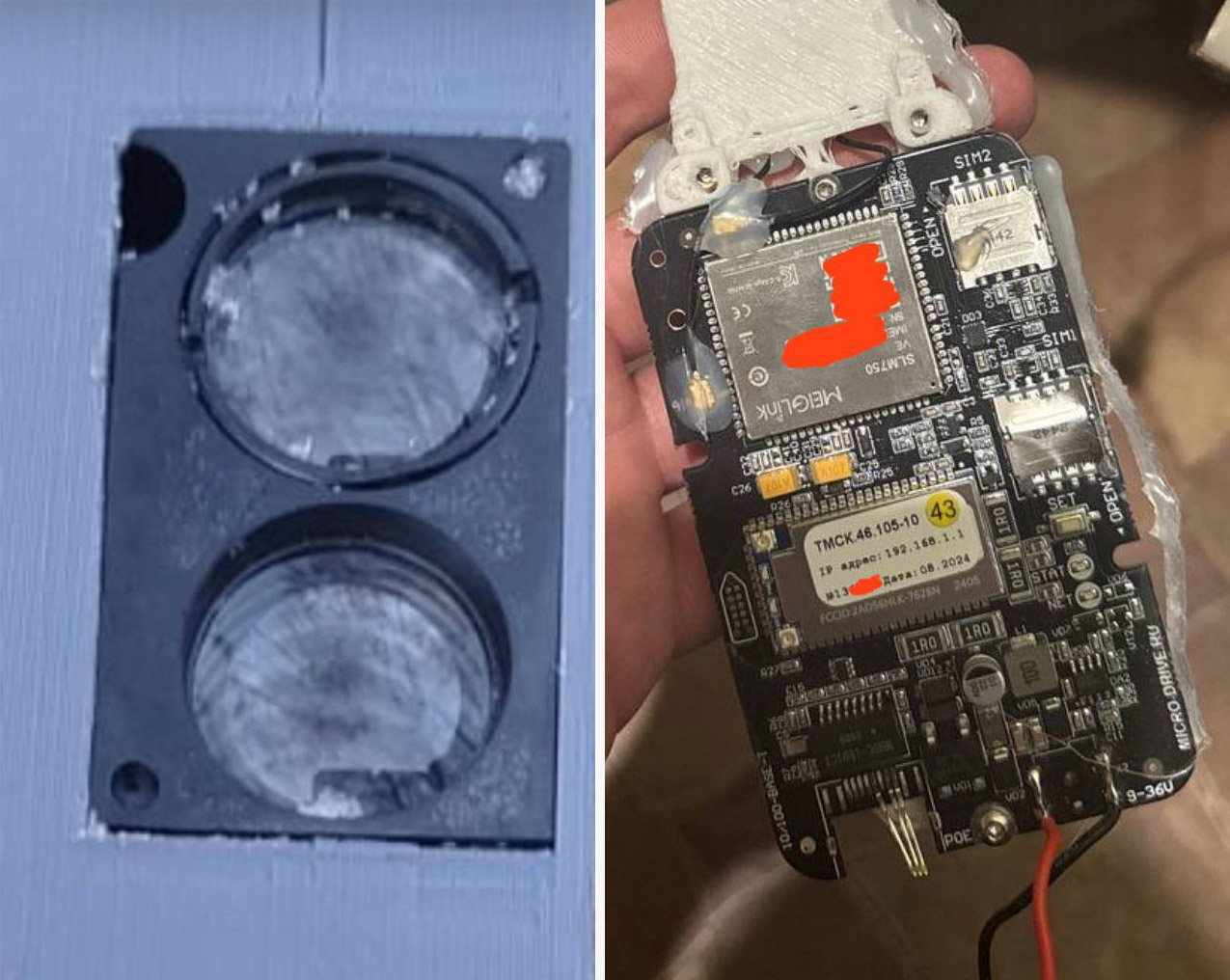
Notably, it also includes a laser rangefinder. Beskrestnov explains that it's for the drone's sophisticated terrain-matching navigation system that compares real-time images with a reference database — reportedly about 100 GB stored onboard.
Navigation is handled by both satellite and inertial systems, allowing the drone to reach the target area even in the absence of GPS or GLONASS. For communication, it uses 3G modems, meaning it can be controlled via the internet without traditional range limitations.
The warhead is a combined-effect KOFZBCh-3, weighing 3 kg and designed to deliver threefold damage by shaped charge penetration, high-explosive fragmentation, and incendiary impact. A powerful 34 Ah battery gives the drone a flight range of up to 80 km.
Also, multiple drones were seen engaged in one attack, indicating sort of an early form of swarm capability.
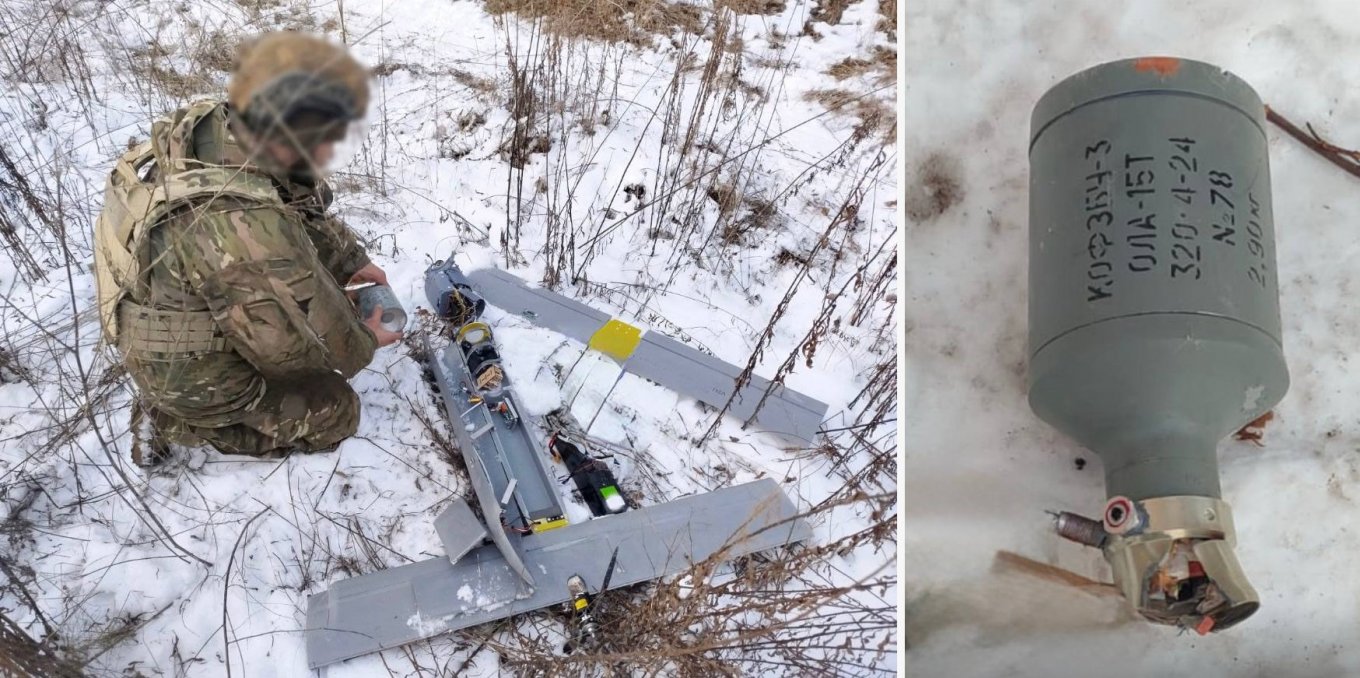
On a note from Defense Express, the laser rangefinder might be needed not only for measuring the distance to the target but also for more refined target recognition algorithms based on contour matching. It's another function that requires such a large onboard image database.
Furthermore, the powerful onboard camera likely enables the drone to autonomously search for targets from a relatively high altitude. This is not simply a fallback in case of EW jamming; rather, it appears to be a full-featured autonomous detection, classification, and strike system.
The inclusion of an inertial navigation unit and possible terrain self-orientation features further confirms this focus on autonomy.
Altogether, this new russian drone integrates a range of high-cost technologies, making it significantly more dangerous than the Lancet, which holds the niche of a tactical strike weapon feared in large for its production scale. The new platform, meanwhile, appears to be still being tested for cost-effectiveness, and mass production has not yet begun.
Read more: Smart Plywood Drone Helsing HF-1 Makes Difference in Ukraine: Quantities and Operational Details Revealed



